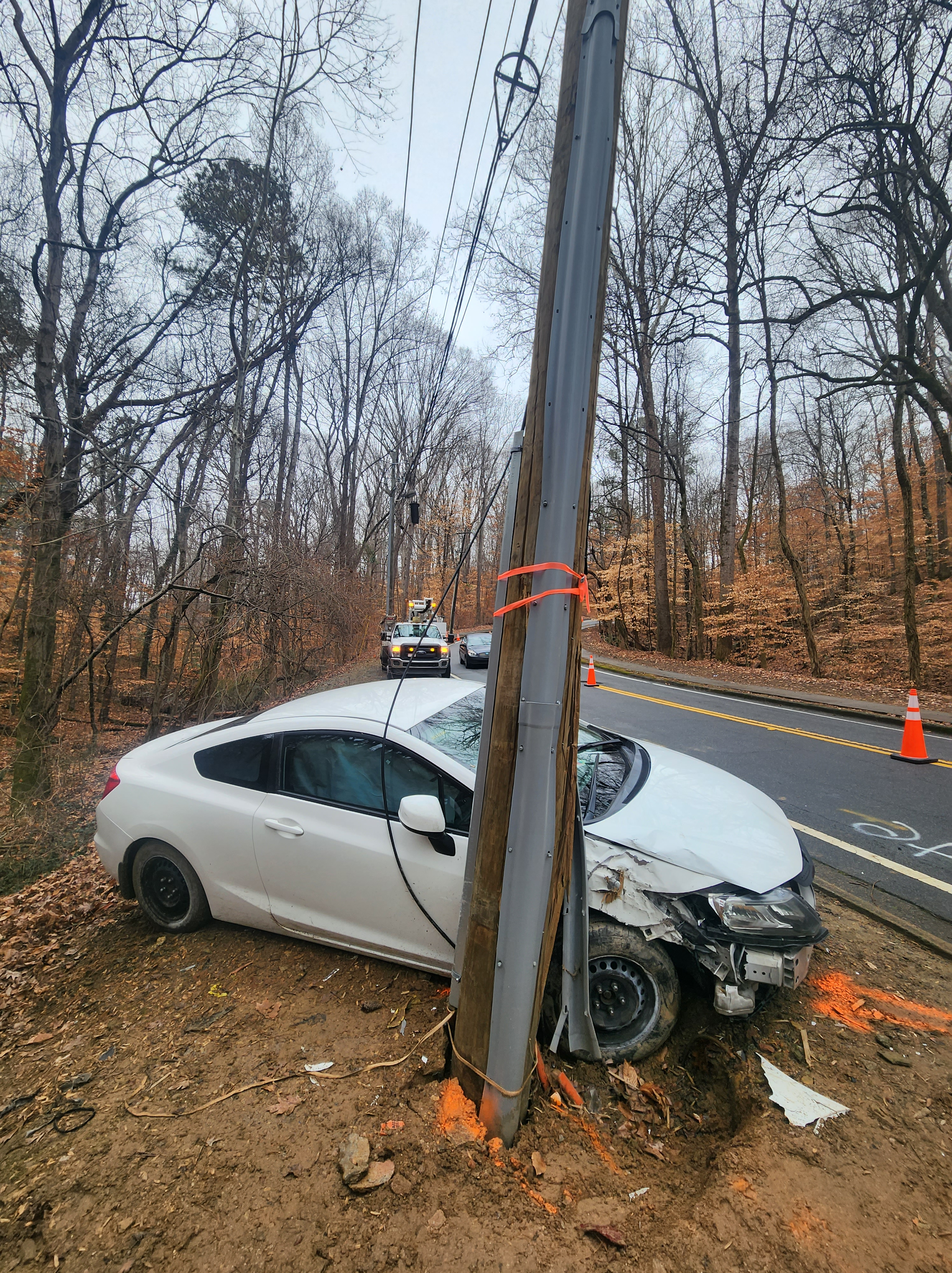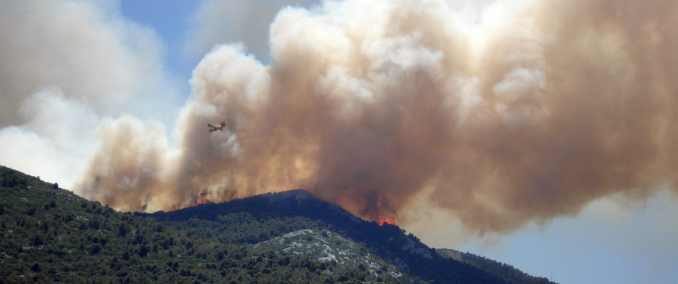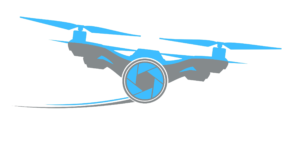Drones have emerged as a game-changer in the power and utility industry, revolutionizing the way powerline inspections and storm damage assessments are conducted. By leveraging advanced aerial technology, drones offer a safer, more efficient, and cost-effective solution compared to traditional methods.
Powerline Inspections
Regular inspections of powerlines are crucial for ensuring the reliability and safety of the electrical grid.
Traditionally, these inspections were carried out by ground crews or helicopters, which posed significant risks and limitations.
Drones, on the other hand, provide a safer and more comprehensive approach to powerline inspections.
With their ability to fly at low altitudes and navigate through tight spaces, drones can closely inspect powerlines, pylons, and other infrastructure components. High-resolution cameras and thermal imaging sensors mounted on drones can capture detailed visual data, allowing for the detection of potential issues such as vegetation encroachment, damaged insulators, corroded hardware, or loose connections.
Drones can cover vast areas in a fraction of the time required by ground crews, reducing the overall inspection time and minimizing disruptions to power supply. Additionally, drones can access hard-to-reach or hazardous areas, eliminating the need for workers to put themselves at risk.
Storm Damage Assessments
Severe weather events, such as hurricanes, thunderstorms, and ice storms, can cause significant damage to powerlines and related infrastructure. In the aftermath of such events, prompt damage assessments are critical for
restoring power and ensuring public safety.
Drones play a vital role in this process by providing a rapid and comprehensive overview of the affected areas.
With their aerial vantage point and advanced imaging capabilities, drones can quickly identify downed lines, damaged poles, and other hazards, enabling utility companies to prioritize their response efforts and allocate resources effectively.
Furthermore, drones can capture high-resolution imagery and video footage of the affected areas, which can be analyzed by experts to assess the extent of the damage and plan for repairs or replacements.
This data can also be used for documentation purposes and to support insurance claims.

Benefits of Drone Solutions
Implementing drone solutions for powerline inspections and storm damage assessments offers numerous benefits to utility companies and their customers:
- Safety: Drones eliminate the need for workers to physically access hazardous or hard-to-reach areas, reducing the risk of injuries and accidents.
- Cost-effectiveness: Compared to traditional methods, such as ground crews or helicopters, drones are more cost-effective in terms of operational expenses and maintenance.
- Efficiency: Drones can cover large areas quickly and provide real-time data, enabling faster decision-making and response times.
- Data accuracy: Advanced imaging sensors and data processing capabilities ensure accurate and detailed data collection, enabling better analysis and decision-making.
- Environmental impact: Drones have a lower carbon footprint compared to traditional inspection methods, contributing to a more sustainable approach to powerline maintenance.

As the demand for reliable and efficient power distribution continues to grow, the adoption of drone solutions by utility companies is becoming increasingly prevalent.
By embracing this technology, companies can enhance their operational efficiency, improve worker safety, and ultimately provide better service to their customers.


EVC Drone Solutions
Copyright © 2024 EVC Drone Solutions, LLC . All Rights Reserved.
